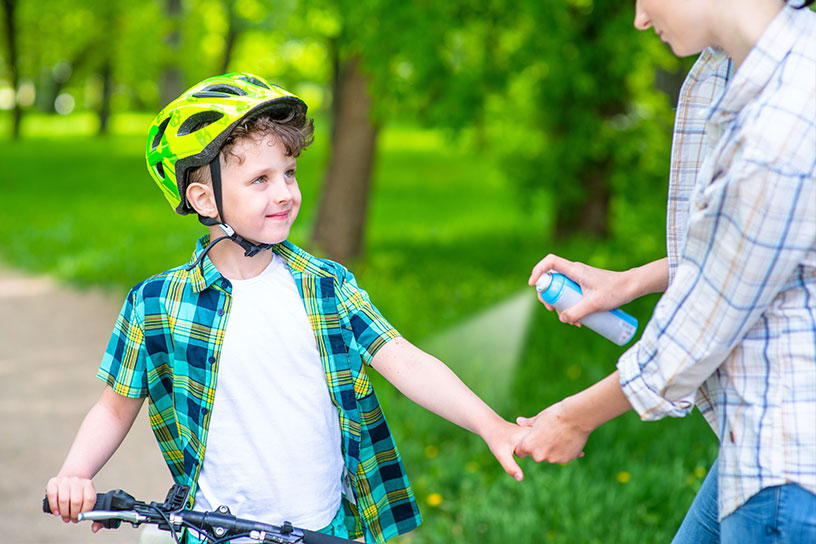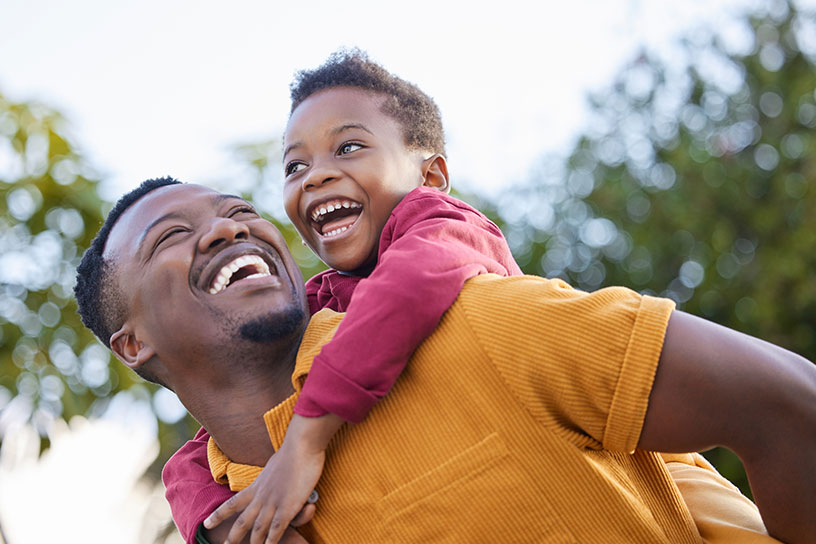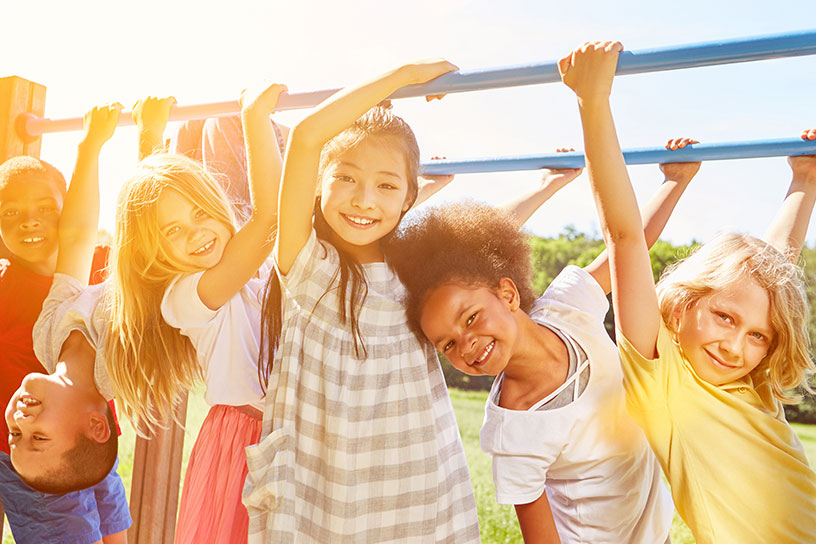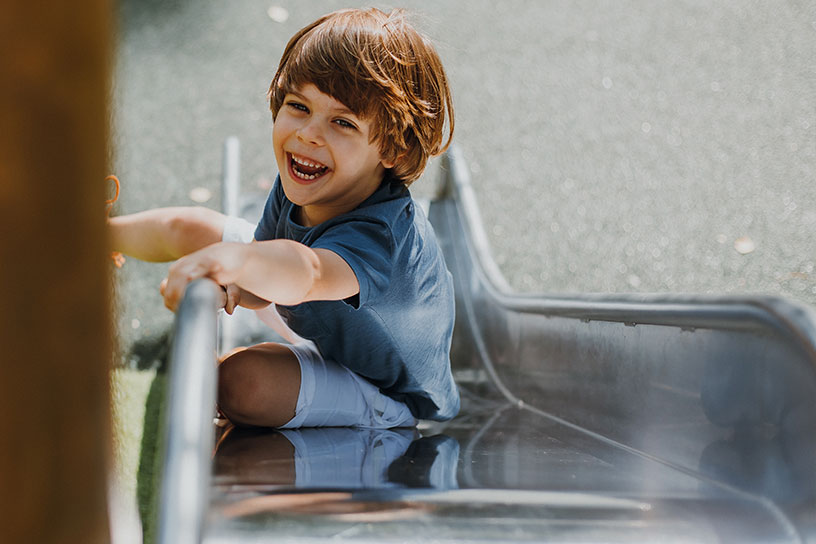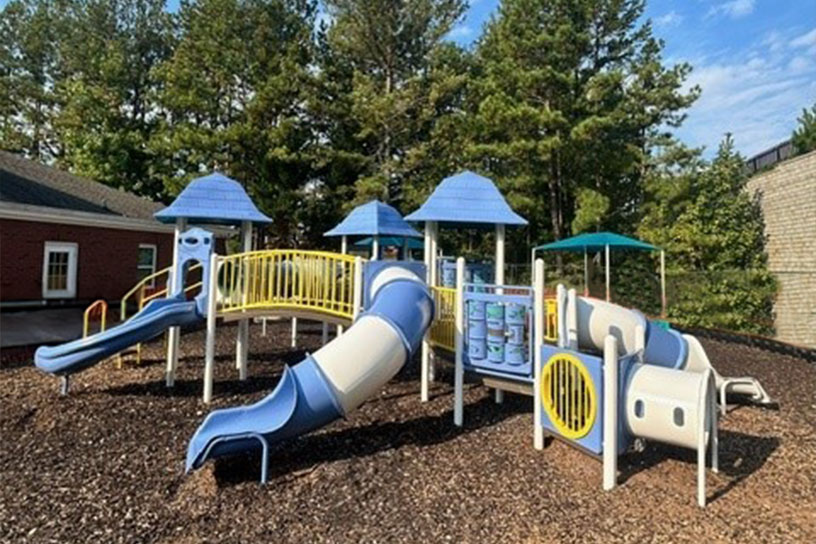A safe playground surface is key to preventing injuries and accidents. But unfortunately, the budget doesn’t always allow for the top-of-the-line options that you hope for. Today we’re taking a look at the most affordable playground surfaces that provide a safe play space and effective impact absorption.
Factors for Playground Surface Pricing
If you’re looking for affordable playground surfaces, you may be wondering what factors affect pricing most. Some common factors include:
- Type of Surface: Unitary surfaces are almost always more expensive than loose-fill surfaces.
- Color & Design: Fun colors and custom designs are typically marked-up over the price of the default or most popular colors.
- Durability: With playground surfacing, you get what you pay for. Cheaper surfacing typically is less durable and requires more upkeep.
Non-compliant Playground Surfaces
Before we talk about our favorite affordable playground surfaces, we wanted to take a moment to mention non-compliant playground surfaces that are not so safe. Dirt, grass, sand and pea gravel are never good choices for playground surfaces. These options will fail impact testing and may result in more serious injuries if used as playground surfacing.
Our Top 5 Safe & Affordable Playground Surfaces
These five surfaces (when installed and maintained properly) will provide a safe landing for children at play. We’ve organized them from cheapest to most expensive for easy browsing.
Please note: The pricing below is just an estimate and can vary depending on your geographic location.
1. Rubber Mulch
Estimated cost: $1-3/sq. ft. installed
Rubber mulch is one of the most affordable playground surfaces on the market. It’s safe, colorful, and typically made of recycled materials. The downside of rubber mulch is that it can be displaced easily and needs to be raked and/or refilled frequently to maintain appropriate depths. While it is very affordable up front, it can be costly in the long run.
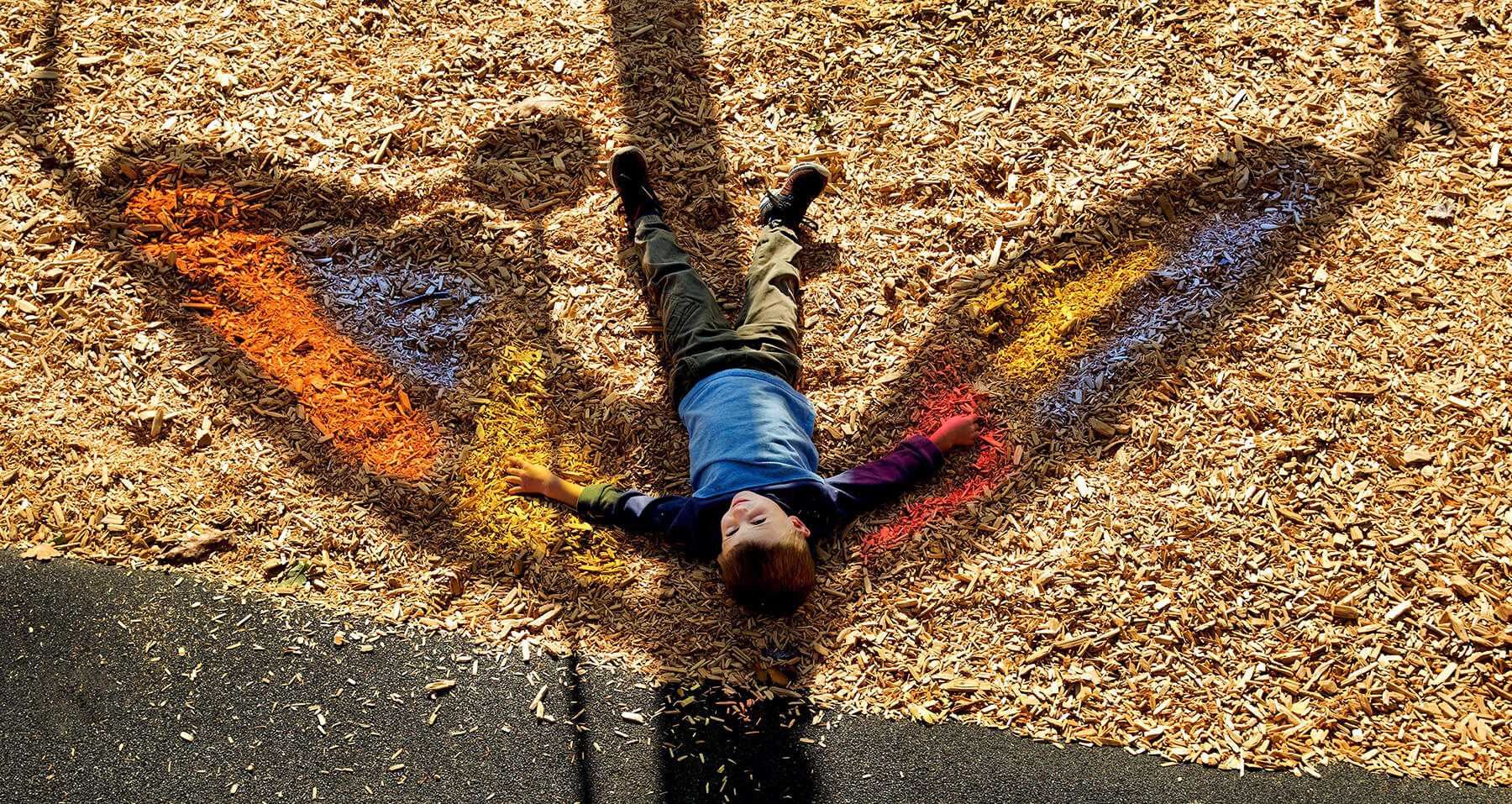
2. Engineered Wood Fiber
Estimated cost: $4/sq. ft. installed
Engineered wood fiber (EWF) is an affordable alternative. This is not to be confused with traditional wood mulch. Unlike wood mulch, which consists of rough pieces of wood and tree bark, EWF is processed and contains only the wood inside of the tree. This means it’s softer, less likely to cause splinters, and safer overall. Like rubber mulch, EWF also needs to be raked and refilled regularly, which can add to its total cost over time.

3. Interlocking Rubber Tiles
Estimated cost: $5-7/sq. ft. installed
Interlocking rubber tiles are another great playground surfacing option that satisfies many needs. In some ways, they offer the best features of both loose-fill and unitary surfaces. They don’t require any topping off over time, and you can easily replace damaged tiles without replacing your entire surfacing. They also come in a number of fun, bright colors.
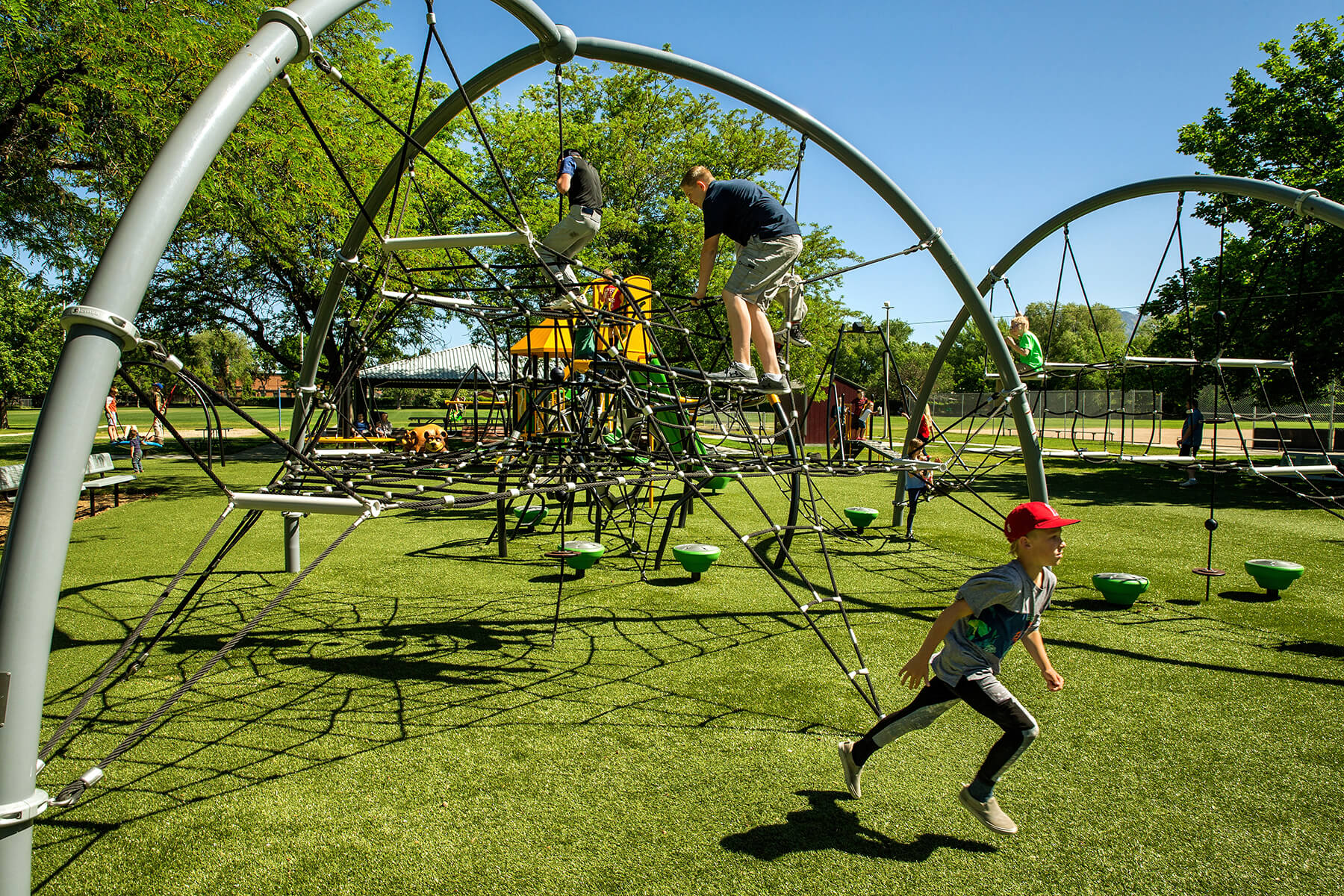
4. Artificial Turf
Estimated cost: $6-10/sq. Ft. installed
Artificial turf is becoming more and more popular on sports fields across the country. And, when installed properly, it can be a safe and affordable surface for your playground equipment. Turf comes in a variety of colors, but traditional green is typically the most cost effective.
If you operate a school or recreation department that uses turf elsewhere, you may be able to get a deal on turf for your playground. Just be sure to double-check that it is designed for playground use and will pass impact tests.
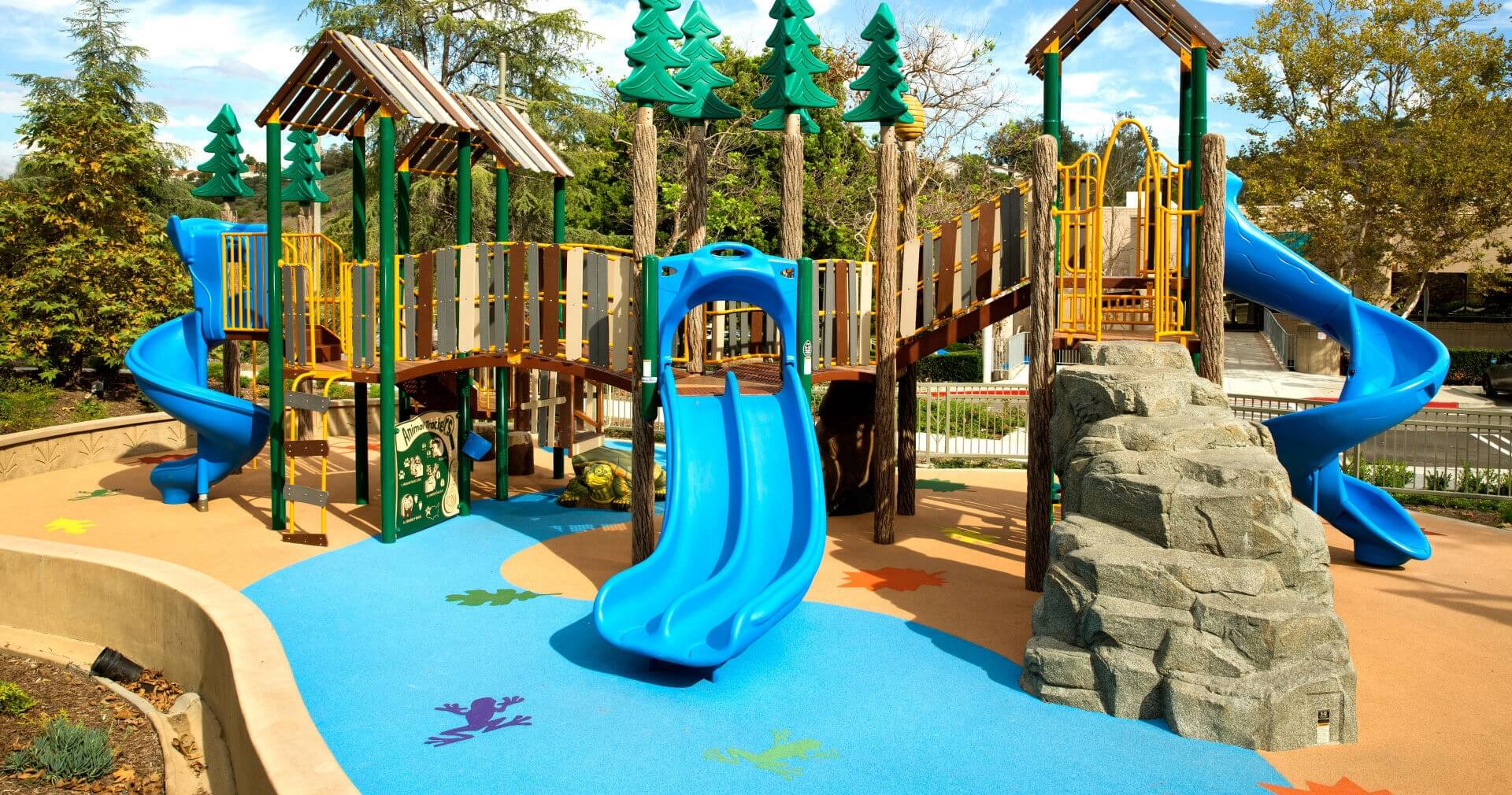
5. Poured-in-Place Rubber
Estimated cost: $8-14/sq. ft. installed
Poured-in-place rubber may be expensive upfront – but it can actually be a great option when it comes to affordable playground surfaces in the long run. Unlike the other loose-fill options, poured-in-place rubber is a unitary surface. It requires very little upkeep and can last 10-15 years with minimal maintenance.
When you consider the cost of topping off your loose-fill surface and the maintenance involved, you might find that a more expensive surface option is your best investment. Poured-in-place rubber is great for theme, adding logos and other graphics into your playground surfacing.
Which Affordable Playground Surface Is Best for My Playground?
All playground safety surfacing has its pros and cons. Whichever option you choose will need to be inspected and tested regularly to make sure it maintains the proper impact attenuation.
If you opt for a unitary surface, you’ll also need to budget for the proper substrate. Always address drainage issues and concerns prior to installing and use a certified installer.

